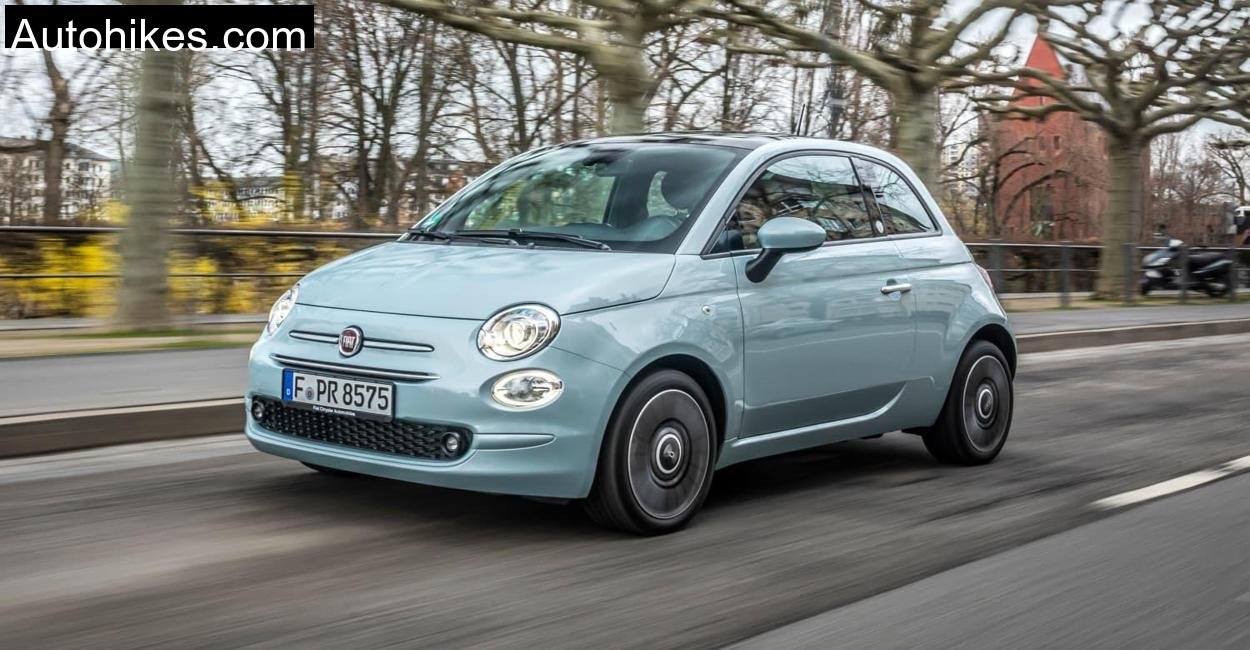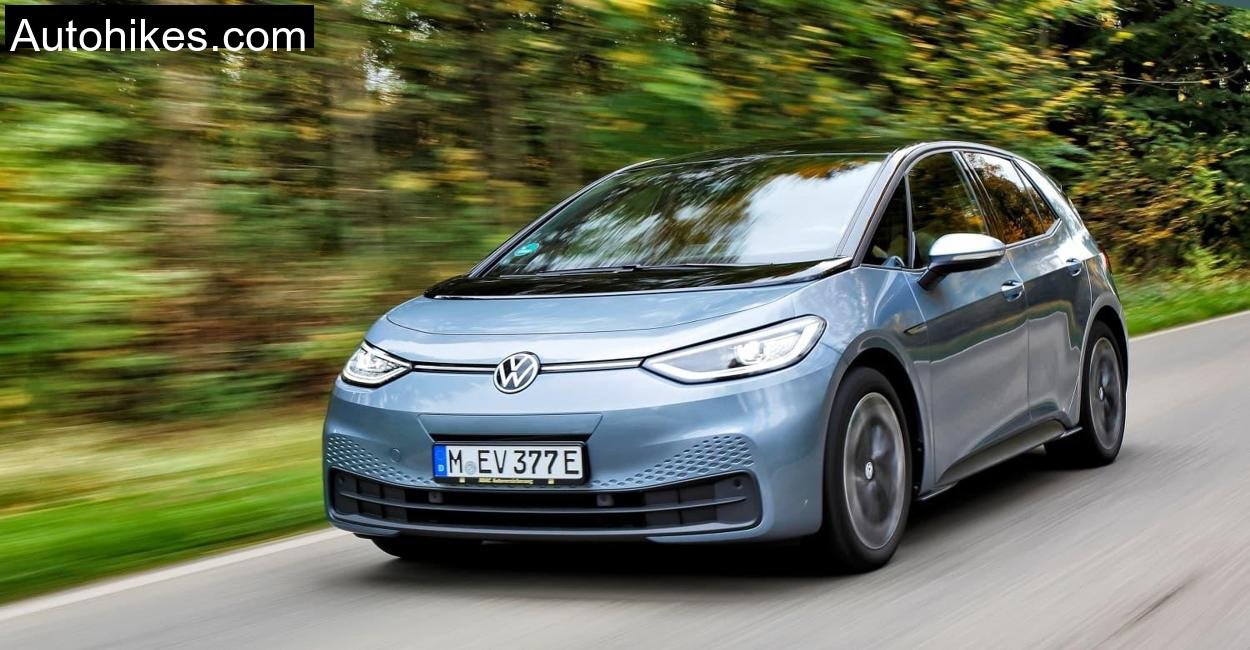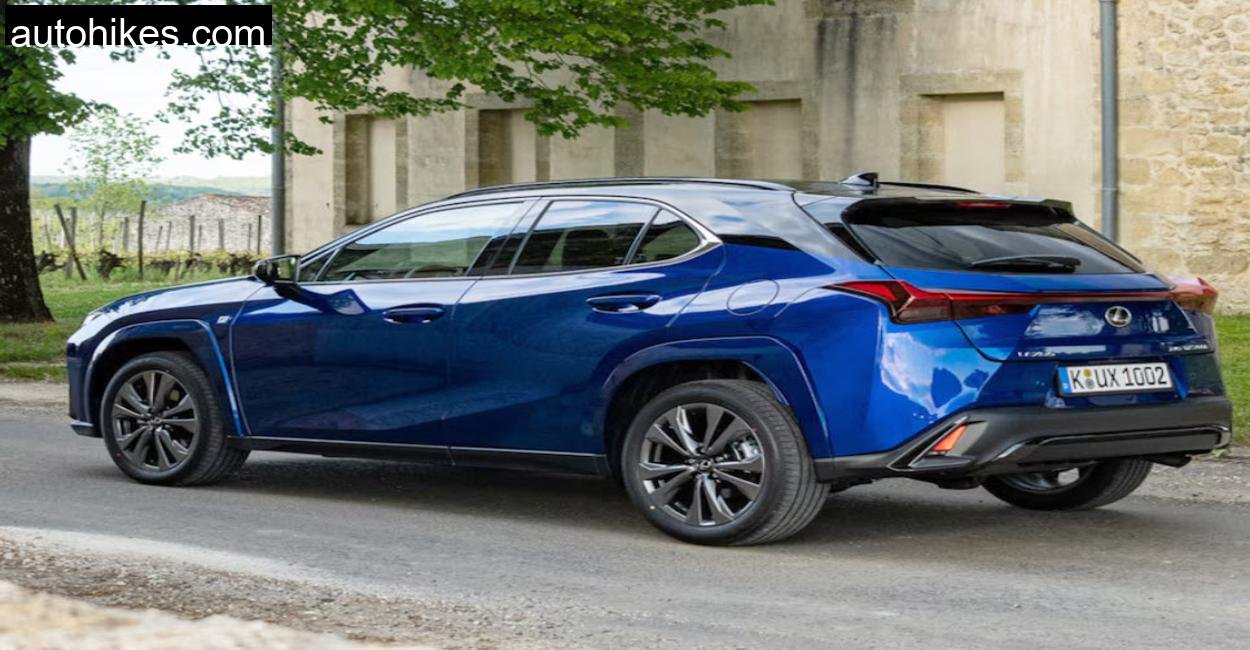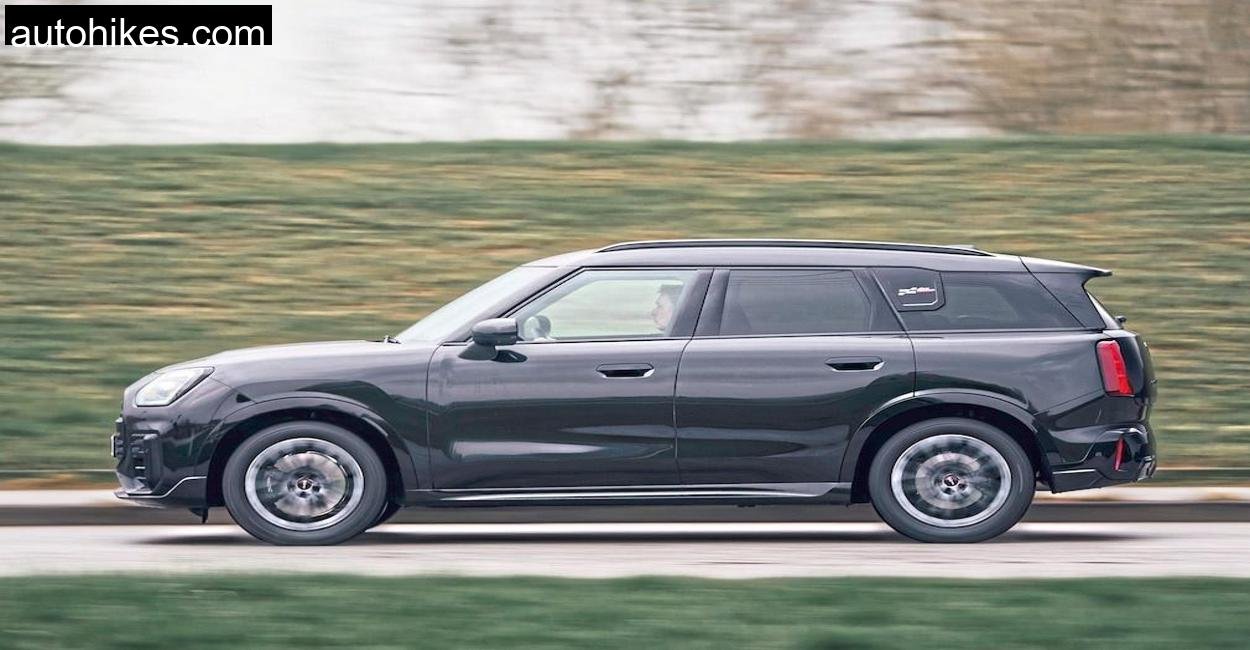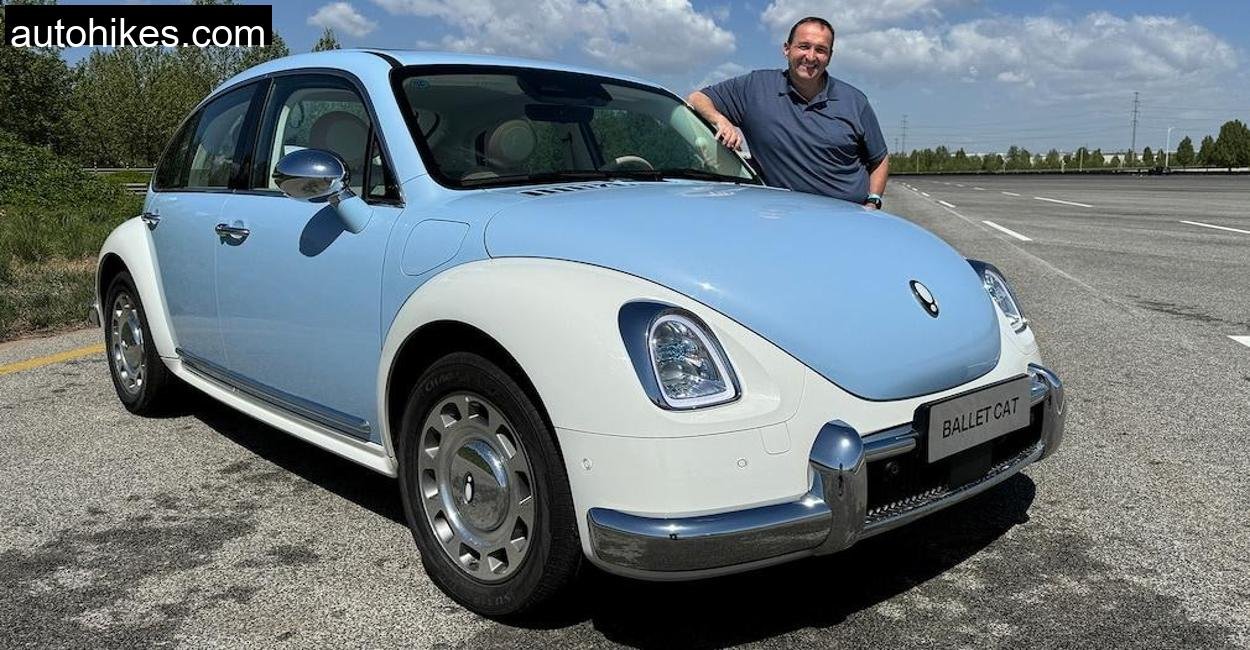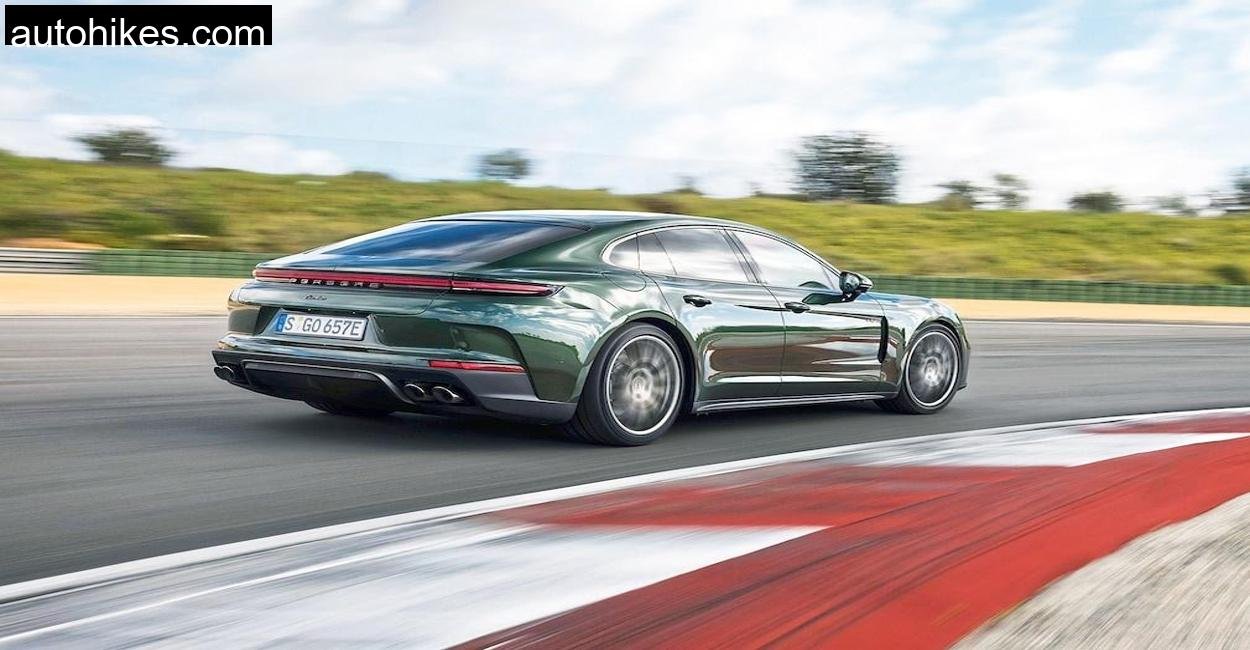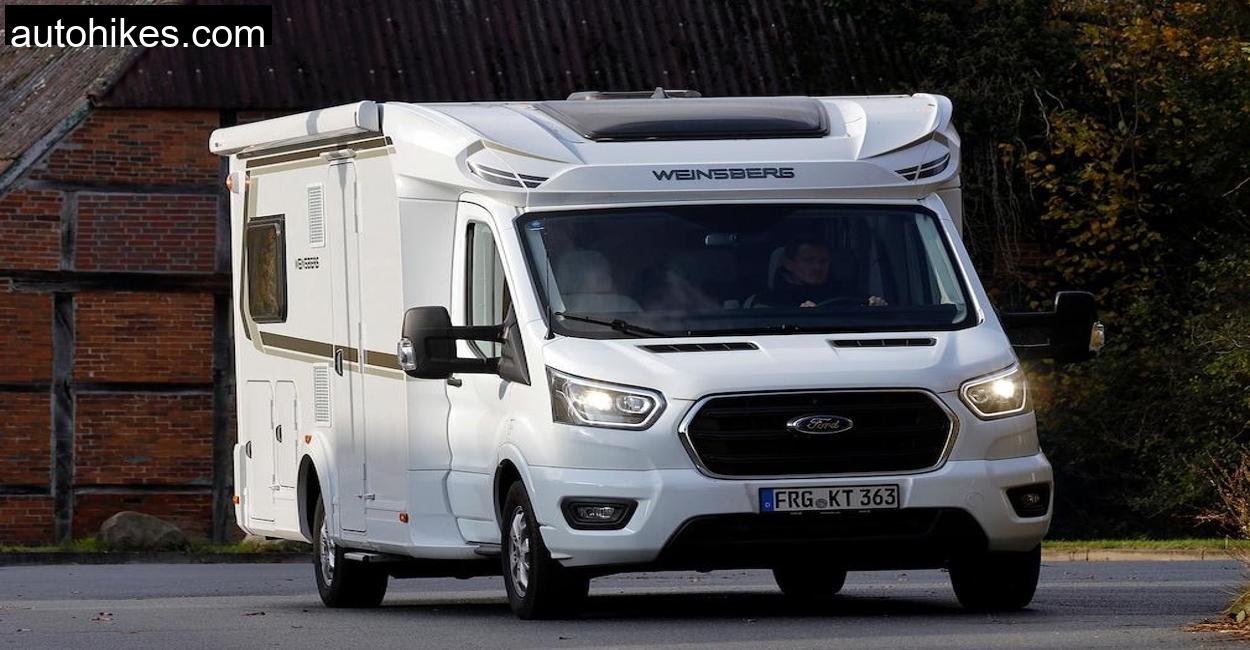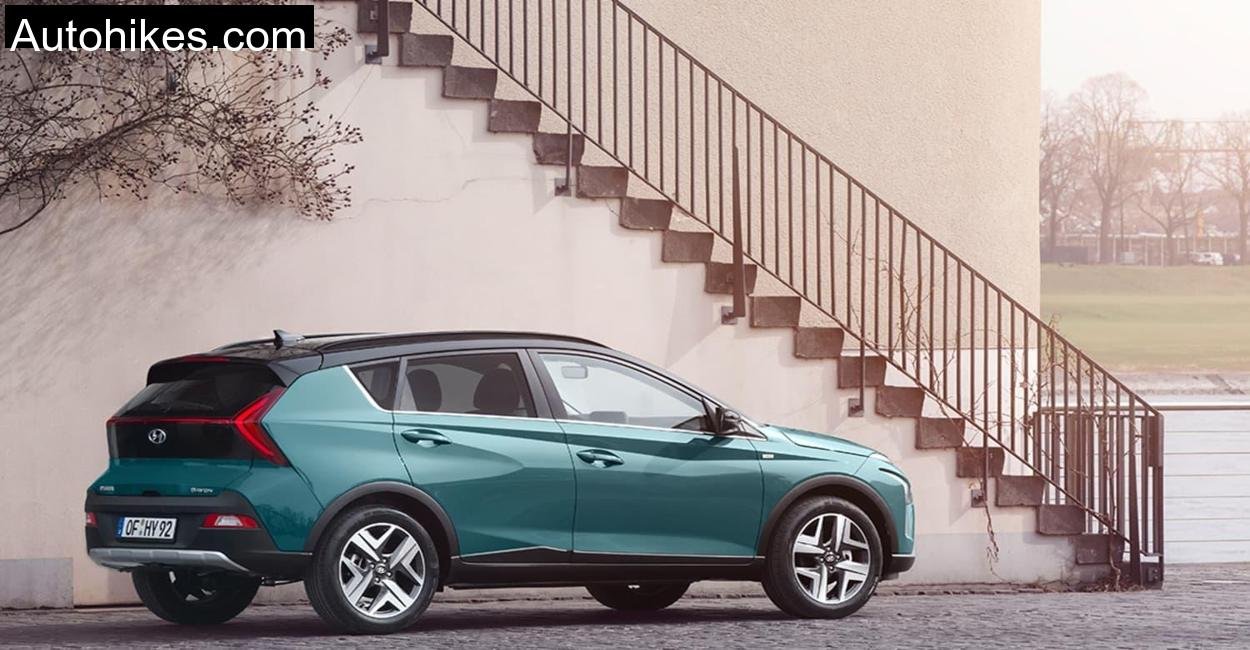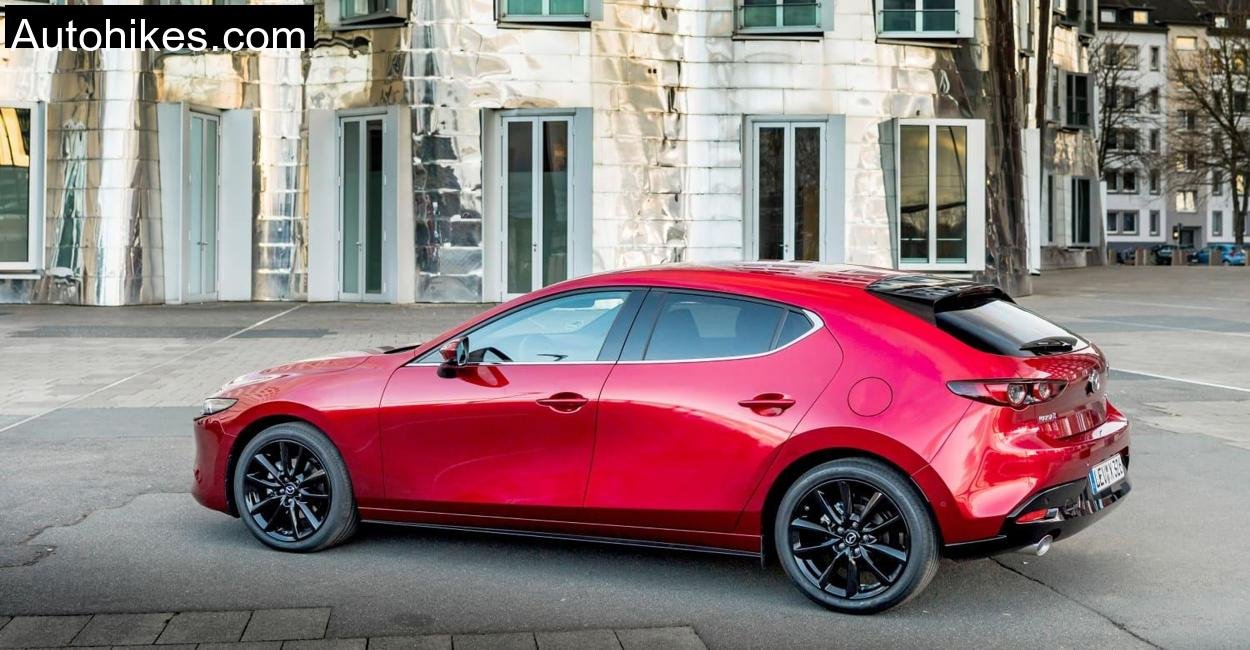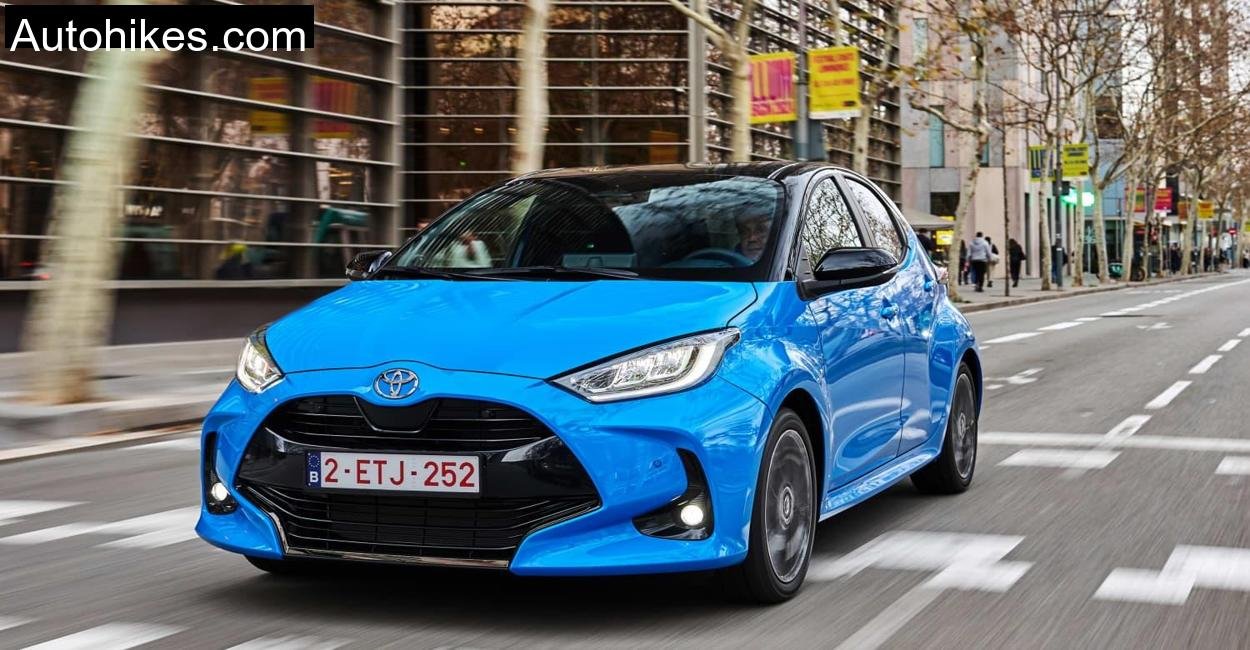There are cars you test, and then there are cars you experience. The Fiat 500 Hybrid is very much the latter. When I was handed the keys to this retro-styled city car, I wasn’t expecting fireworks. But then I took it to Duinger Berg in Lower Saxony, Germany, a region known for its undulating roads and scenic twisties. What unfolded was a surprisingly engaging drive in a car that refuses to bow out of relevance, even in a world leaning more aggressively into electric mobility.
While the all-electric Fiat 500e has made waves with its futuristic approach, the 500 Hybrid remains grounded in its classic form. Underneath that familiar silhouette lies a modernized mild-hybrid powertrain, quietly doing its job without disrupting the essence of what made the Fiat 500 a modern icon.
Fiat 500 Hybrid: The Last of Its Kind
Before we dive into how the car behaves on the road, let’s take a moment to understand what powers it. The Fiat 500 Hybrid uses a 1.0-liter three-cylinder petrol engine paired with a belt-integrated starter generator and a small lithium-ion battery. This isn’t a plug-in hybrid, and it certainly isn’t a full EV. But what it does is provide a boost when needed, enhance start-stop functionality, and slightly reduce fuel consumption and emissions.
The hybrid system works seamlessly. You don’t feel it kick in, but you do notice that the car restarts from a stop more smoothly than traditional start-stop systems. Also, when coasting downhill through the forested curves of Duinger Berg, the regenerative braking subtly charges the battery back up. It’s a quiet, invisible partner in your drive.
Technical specifications:
All specs in this article are directly sourced from the official Fiat website.
| Specification | Detail |
|---|---|
| Engine | 1.0L 3-cylinder petrol mild-hybrid |
| Power | 70 PS (51 kW) |
| Torque | 92 Nm |
| 0-100 km/h | 13.8 seconds |
| Top Speed | 167 km/h |
| Transmission | 6-speed manual |
| Drive | Front-wheel drive |
| Fuel Economy (WLTP) | 5.0 l/100km |
| CO2 Emissions | 109 g/km |
| Weight | 1,077 kg |
| Cargo Volume | 185L (550L with seats folded) |
| Base Price | €17,490 |
Retro with Purpose
The Fiat 500’s design hasn’t changed much in over a decade, and that’s a good thing. Its charm lies in its retro appeal, which still feels fresh in a segment crowded with futuristic blobs. The rounded headlights, short overhangs, and minimalistic profile make it instantly recognizable and, dare I say, lovable.
Inside, however, is where you’re reminded of the car’s age. The materials are hard plastics, the carpeting thin, and modern driver assistance systems are practically nonexistent unless you opt for higher trims like the Dolcevita. There’s no lane-keep assist, no emergency braking, and no blind-spot warning. But what you do get is a simple, intuitive layout.
The climate controls are large rotary dials, easy to use without taking your eyes off the road. The touchscreen infotainment system is basic but functional, offering Apple CarPlay, Android Auto, and DAB radio as standard. There are even physical knobs for volume and tuning, which I appreciated more than I expected.
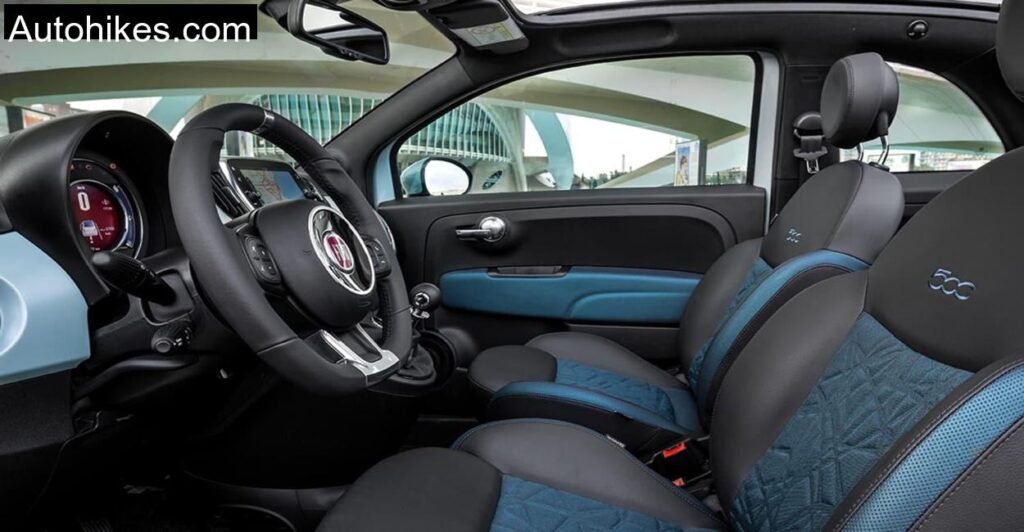
Real-World Driving: Duinger Berg Unleashed
Duinger Berg was the perfect backdrop to test this car, not because it’s a performance machine, but because it allowed me to explore its agility and efficiency in a beautiful, real-world setting. The winding roads here demand attention, and the Fiat 500 Hybrid responded with surprising enthusiasm.
With just 70 PS and 92 Nm of torque, you’d be forgiven for thinking the car would feel underpowered. In a straight line, yes, it’s not quick. The 0-100 km/h time of 13.8 seconds confirms that. But in the bends, with the engine singing its little three-cylinder tune, it’s oddly satisfying. The manual gearbox is light and easy to use, and the car’s small footprint makes it incredibly nimble.
I threw it into a series of tight bends, and the 500 clung on gamely. There’s noticeable body roll, but it’s predictable. The steering is light and not particularly communicative, but in a car like this, it works. It’s a joy to flick through corners, especially when the road narrows and the trees close in.
There’s also the benefit of real-world fuel efficiency. Over a two-day trip, mixing highway stints, city traffic, and spirited country driving, I averaged 5.2 liters per 100 km, almost exactly the WLTP figure. That’s impressively honest, and it means you can go about 600–660 km on a tank.
Just Enough Comfort and Practicality
The Fiat 500 Hybrid is not a car you buy for space. Its 3.57-meter length means compromises, especially in the back. The rear seats are tight, suitable for kids or short trips. The trunk holds 185 liters, enough for a grocery run or a small suitcase. Fold the seats, and you get up to 550 liters, which is surprisingly usable.
On longer drives, I found the seating to be acceptable. The seats are simple, manually adjustable, and could use more lumbar support, but they’re fine for short to medium distances. The ride is firm but not uncomfortable, and road noise is tolerable even at autobahn speeds. At 130 km/h, my sound meter read 72.2 dB inside the cabin.
What I did appreciate was the visibility. The upright windshield and large windows make it easy to place the car in traffic or on narrow forest roads. Parking is a breeze, and the turning circle of just 10.1 meters is ideal for tight city corners.
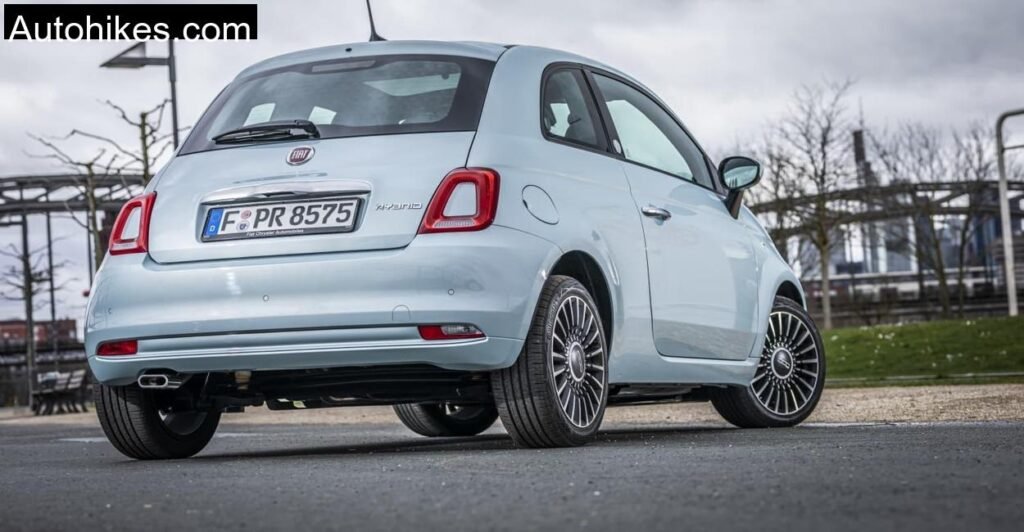
Safety and Technology: Behind the Times
Here’s where the Fiat 500 Hybrid shows its age the most. While rivals are offering adaptive cruise control and semi-autonomous features even in budget cars, the Fiat sticks to basics. You get airbags, ABS, ESC, and that’s about it. Even cruise control and a speed limiter are only standard in the Dolcevita trim.
It scored poorly in pedestrian and child safety tests, and there’s no automatic emergency braking. For a car that’s likely to be used in urban environments, this is a real letdown. Fiat needs to update these systems if it wants to keep the 500 relevant in the safety-conscious European market.
Conclusion: Heart Over Head
The Fiat 500 Hybrid is not a perfect car. It’s not the most spacious, nor the most powerful, nor the most high-tech. But after spending a weekend with it in Duinger Berg, I found myself smiling more often than not. It’s a car that connects emotionally, and that’s rare in today’s market.
It offers just enough performance, just enough comfort, and a healthy dose of charm. It’s easy to drive, easy to park, and cheap to run. For someone who values style, simplicity, and urban practicality, it’s a compelling package. But if you want modern safety features or more space, you’ll need to look elsewhere.
In a world increasingly drawn to complexity, the Fiat 500 Hybrid remains refreshingly simple. And for that, I respect it.
Is the Fiat 500 Hybrid a full hybrid?
No, it’s a mild-hybrid. It uses a small battery and starter-generator to support the petrol engine but cannot drive on electric power alone.
Does Fiat 500 Hybrid have modern safety features?
Unfortunately, the Fiat 500 Hybrid lacks many modern safety technologies unless you go for higher trims. Even then, it’s behind the curve.
